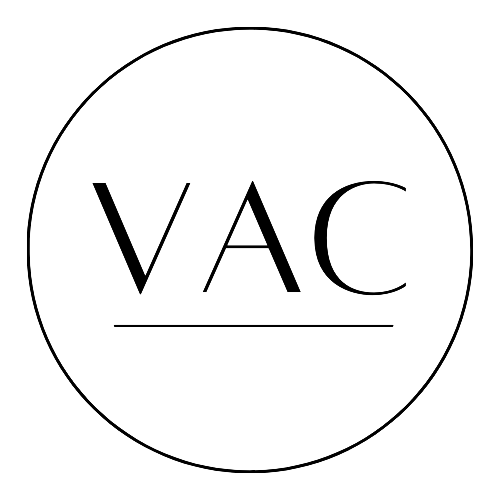Gillian Wainwright: Painted Perception
Gillian Wainwright is a New Jersey-based painter whose vibrant, observational works are rooted in the tradition of painting from life. Deeply influenced by the Bay Area Figurative School and her studies in Florence and Chicago, Wainwright captures fleeting natural moments with expressive immediacy. Over the past four years, her own backyard garden has become the central subject of her work—evolving from realistic scenes into gestural, immersive compositions that reflect her ongoing dialogue with perception, paint, and place.
How did your creative journey begin?
Growing up, my sister and I led rather a strange life for a few years. My father got a job in Belgium and we lived in a Flemish speaking village and were sent off to English boarding school for proper schooling. In the long holidays at home we were very isolated, knowing no other children and not speaking Flemish. The house itself was on a large estate with enormous rambling gardens including a sizable forest just past the blackberry bushes with an overgrown ruin near the edge. Many happy days were spent exploring these grounds and playing games and making up stories sitting in the old ruin. The other source of endless fascination and joy was plasticine. We could get lost for hours with our plasticine – a favorite being making our own houses out of it. Mine were always rambling and rounded and my sister’s neat and perfectly straight.
Looking back I see why it all feels so right - painting in my backyard with its little brick house that I’ve always called the ruin. Losing myself in my garden and pushing paint around for hours.
You’ve spoken about the “urgency” that comes with painting from life, especially outdoors. What does working en plein air awaken in your process that studio painting might not?
I find the impossibility of it all exciting. The light constantly changing, the weather sometimes suddenly shifting, all the plants seeming to move and shiver with life. My painting mentor Dan Gustin once said to me "A lot of painting problems can be solved by painting faster". I am paraphrasing and while that may sound facile it actually gets at a deeper thing which is finding a way to tap into that different part of your brain that senses, feels and knows visually. It is a different language altogether. Many painters I know talk about trying to get out of their head, to not think. When I am painting at my best I often look at the work afterward and don't understand how I made it. For me painting outside forces a pace because it is always in motion and very fleeting.
You mention your paintings have moved from more literal depictions to a “looser accumulation of marks and color and gesture.” What sparked that shift? Was it intuitive or deliberate?
This shift happened organically as I continued to paint in the small area of my backyard. I think painting the same motif repeatedly led organically to playing with the paint and the color and discovering that these were not just paintings of my backyard but paintings about painting.
What does a typical day in the studio look like for you, and how has your art practice grown or changed?
I tend to spend a large part of the morning piddling about, knowing I need to get started but fighting the anxiety that comes with thinking about it. Setting up takes a while but once I get going I paint for hours until the light goes and I have to pack it in. I'm terribly messy and often go through about 30 brushes in a session. I read at one point that Soutine would fling down his brush after using it for one color or one move. I do the same now - it's led to cleaner colour but a much larger mess.
Are there particular painters—historical or contemporary—that continue to inform your choices with color, brushwork, or composition?
Two giants for me are Soutine and Auerbach. They continue to absorb me - the physicality of their paintings in particular. Bonnard is magical not only for his color but for his surprising and brilliant compositions. Lately I've been sneaking a figure into my landscapes and I think about how Bonnard frequently makes the discovery of a figure a surprise. I think Stanley Lewis is one of the tremendous painters of our time. There is a wildness to his paintings that grips me - his process is so unusual and so deeply committed. His doubts and his drastic solutions embody a true fearlessness that leaves me in awe.
How has social media impacted your work?
One of the great things about social media is that it has led me to know and sometimes befriend a great many artists. I think community really matters and painting is such a weird activity and there are so many different approaches, but social media has made it much easier for me to find my people. I cannot say it has impacted my work but it has provided a way to connect.
What advice do you give students about working from observation, especially in a time when so much visual information is mediated through screens?
Perceptual painting occupies a very unique and unmediated place. It translates an experience in a way no photograph or digital media can. There is a discipline and a toughness to working from observation. You can learn about space in painting, color relationships, edges, values and composition in a way that's impossible with no external criteria. In particular I believe all the lessons and rules we try to teach exist in nature. If you really look it's all right there.






